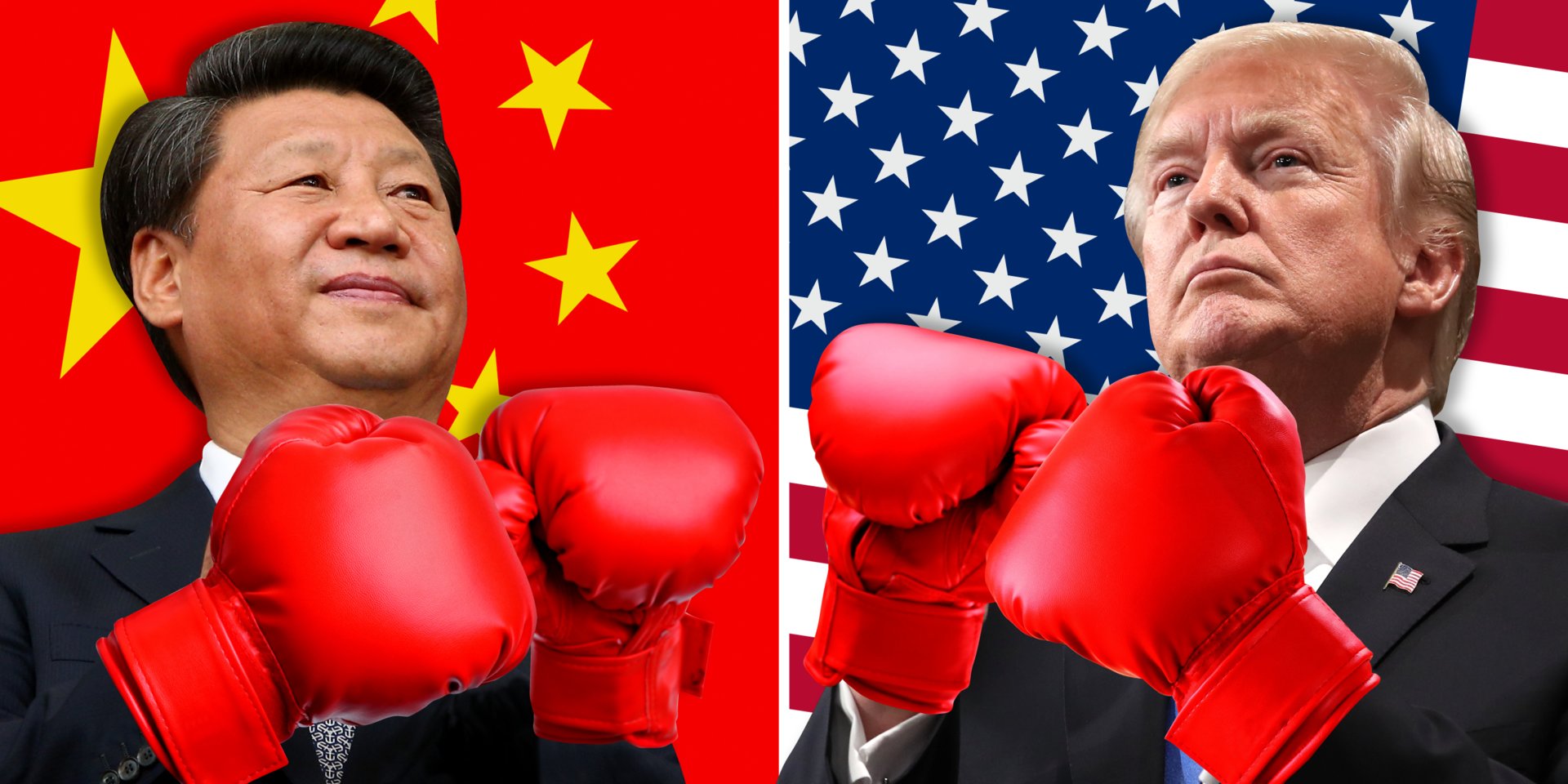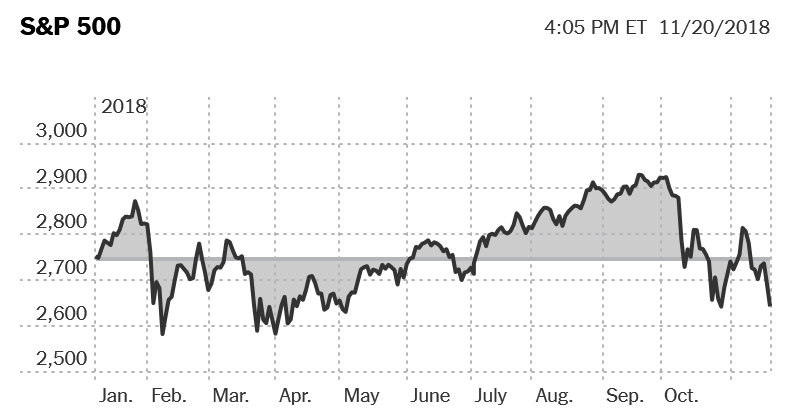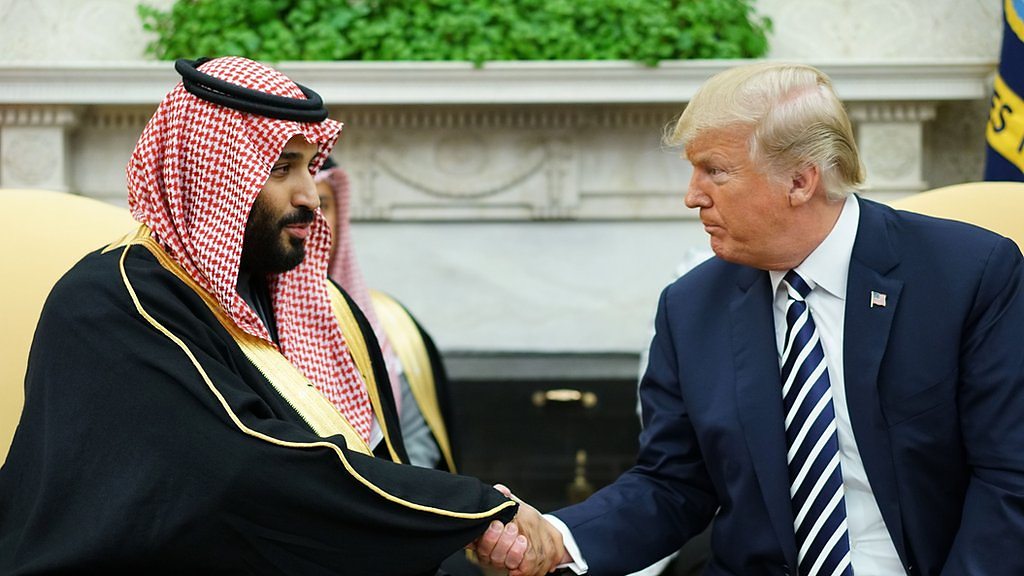President Donald Trump ordered the US Trade Representative to impose a tariff on $200 billion worth of Chinese goods, catapulting the US-China trade war to the next level.
“For months, we have urged China to change these unfair practices, and give fair and reciprocal treatment to American companies,” Trump said in a statement. “We have been very clear about the type of changes that need to be made, and we have given China every opportunity to treat us more fairly. But, so far, China has been unwilling to change its practices.”
“As President, it is my duty to protect the interests of working men and women, farmers, ranchers, businesses, and our country itself,” Trump added. “My Administration will not remain idle when those interests are under attack.”
The latest tariffs, along with previous rounds on $50 billion of Chinese goods and metal imports, will mean over half of all Chinese goods coming into the US are subject to the duties.
China’s Ministry of Commerce has promised to respond to Trump’s latest attack with tariffs on $60 billion worth of US goods. This means that between 85% and 95% of American imports coming into China will be subject to a tariff from the trade war.
According to a senior administration official the duty levied on the incoming goods will be 10% when the measure goes into effect on September 24, then the tariffs will increase to 25% at the start of 2019. The delay is partly designed to give US businesses time to adjust their supply chains the official said.
In addition to being much larger than previous rounds of tariffs, the new set zeroes in on different targets. The first round of tariffs on $50 billion worth of Chinese goods focused almost exclusively on industrial goods, but Monday’s tariffs also included a large amount of consumer goods.
The final list of goods was tweaked slightly from the initial list released in July. Roughly 300 items, or tariff lines, were removed from the list including consumer electronics such as smartwatches, industrial chemicals, safety products like bicycle helmets, and child safety furniture like high chairs.
Despite the removals, the administration still expects the total value of the goods subject to the tariffs to be $200 billion.
The move willy also solidify Trump’s commitment to to the trade war despite the Treasury Department’s recent overtures to Beijing. China will reportedly decline further talks if Trump goes through with the tariffs on Monday.
Talks with the Chinese have so far been unproductive, the administration official said, despite clear signals from the US on what needs to be done by China in order to reverse the tariffs.
The Trump administration launched the trade war due to allegations of intellectual property theft by China. The White House has argued that the tariffs are necessary to pressure Beijing to change fundamental economic practices and protect US businesses operating in China.
The president also threatened to slap tariffs on another $267 billion worth of Chinese goods, which would mean all imports from China would be subject to duties.
Economists estimate the tariffs will prompt an increase in prices for both US businesses and consumers. That could slow spending on large investments and consumer purchases, potentially harming the broader economy.
Stocks declined on a pre-announcement statement by Trump’s pre-announcement statement with the Dow Jones industrial average closing down 91 points, or 0.35%, for the day.
Here’s a timeline of the US-China trade war so far:
- March 1: President Donald Trump announces tariffs on all imports of steel and aluminum, including metals from China.
- March 22: Trump announces plans to impose a 25% tariff on $50 billion worth of Chinese goods. China announces tariffs in retaliation to the steel and aluminum duties and promises a response to the latest US announcement.
- April 3: The US trade representative announces a list of Chinese goods subject to the tariffs. There is a mandatory 60-day comment period for industries to ask for exemptions from the tariffs.
- April 4: China rolls out a list of more than 100 US goods worth roughly $50 billion that are subject to retaliatory tariffs.
- May 21: After a meeting, the two countries announce the outline of a trade deal to avoid the tariffs.
- May 29: The White House announces that the tariffs on $50 billion worth of Chinese goods will move forward, with the final list of goods released June 15. The move appears to wreck the nascent trade deal.
- June 15: Trump rolls out the final list of goods subject to new tariffs. Chinese imports worth $34 billion would be subject to the new 25% tariff as of July 6, with another $16 billion worth of imports subject to the tariff at a later date. China retaliates with an equivalent set of tariffs.
- June 18: Trump threatens a 10% tariff on another $200 billion worth of Chinese goods.
- July 6: The first tranche of tariffs on $34 billion worth of Chinese goods takes effect; China responds in kind.
- July 10: The US releases an initial list of an additional $200 billion worth of Chinese goods that could be subject to a 10% tariff.
- August 1: Washington more than doubles the value of its tariff threats against Beijing, announcing plans to increase the size of proposed duties on $200 billion worth of Chinese goods to 25% from 10%.
- August 3: China says it will impose tariffs of various rates on another $60 billion worth of US goods if Trump moves forward with his latest threat.
- August 7: The US announces that the second tranche of tariffs, which will hit $16 billion worth of Chinese goods, will go into effect on August 23.
- August 23: The US imposes tariffs on another $16 billion worth of Chinese goods, and Beijing responds with tariffs on $16 billion worth of US goods.
- September 7: Trump says the tranche of tariffs on $200 billion worth of Chinese goods is coming “soon” and threatens to impose tariffs on another $267 billion worth of Chinese goods.









